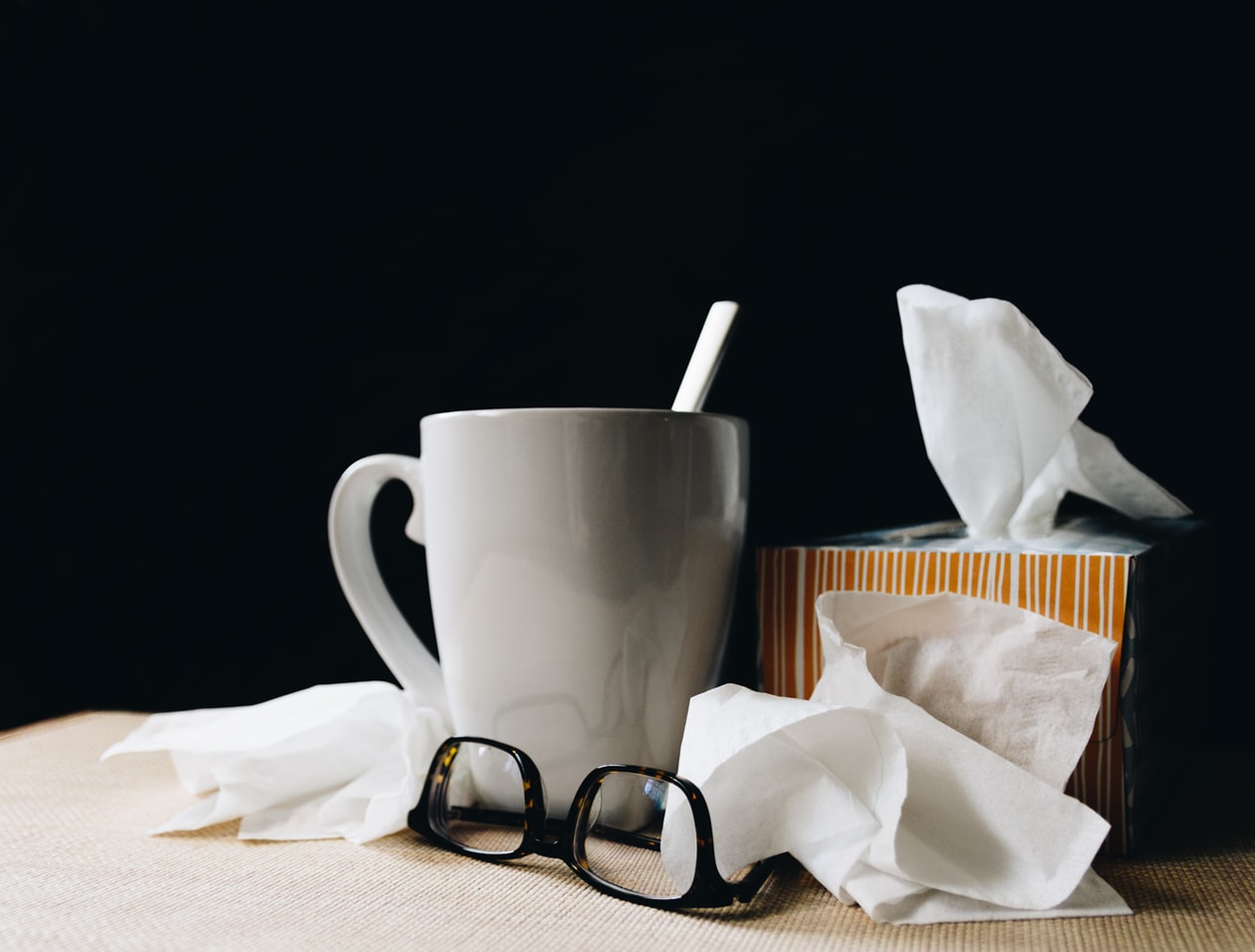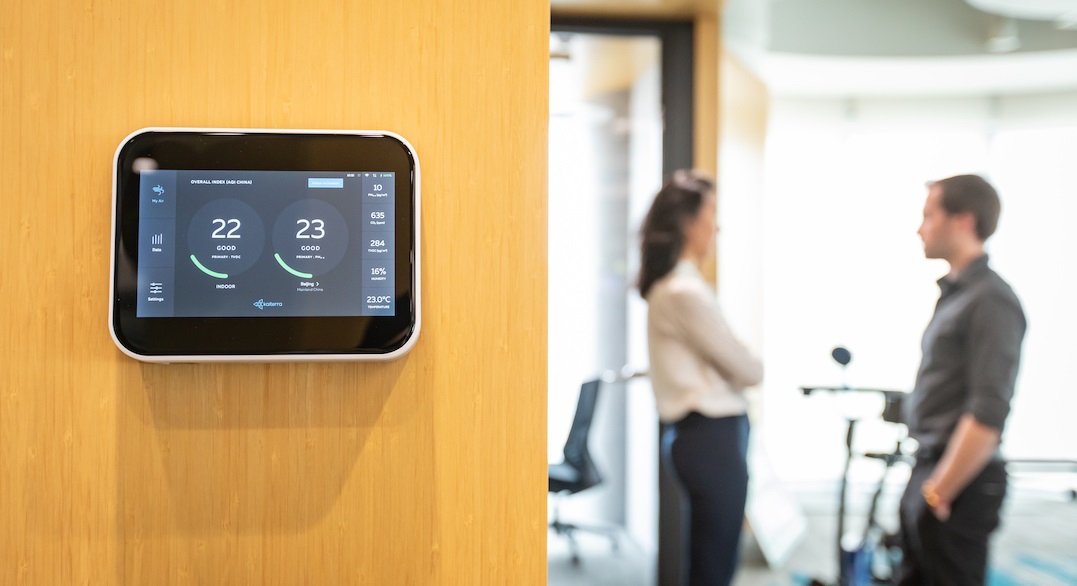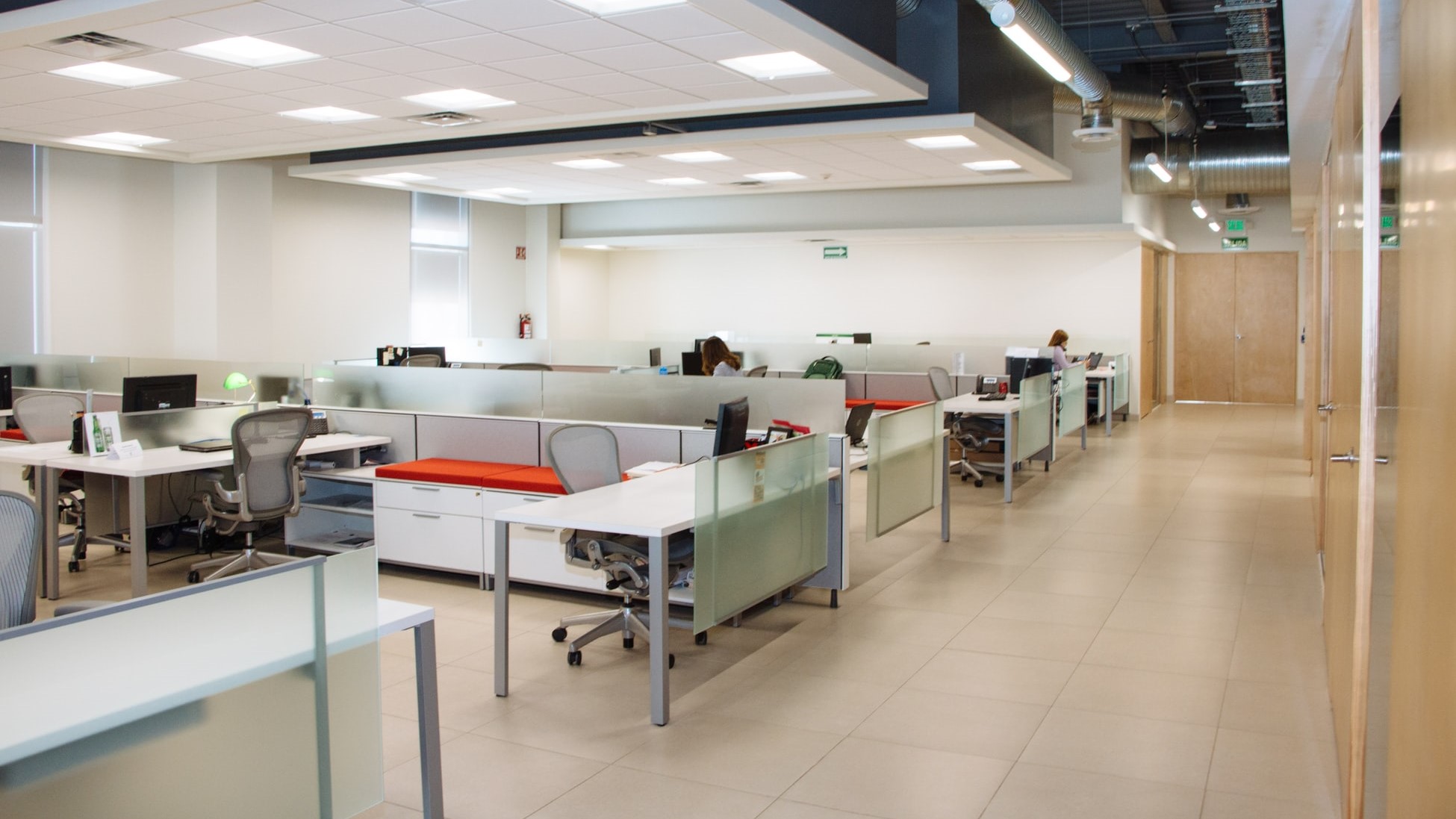Newsletter
Since its appearance in late 2019, the COVID-19 pandemic has been the center of global conversation. With unprecedented transformations of how we live and work, a high degree of uncertainty underlies many aspects of our lives.
If you're exploring ways to enhance your workplace experience through improved indoor air quality, you'll want to read our FREE comprehensive guide on IAQ for healthy workplaces. Learn how IAQ data can be leveraged to elevate workplace performance, alleviate employee concerns, and drive better business outcomes.
While the pandemic has undoubtedly brought many harms to our lives in 2020, COVID-19 may bring some improvements in the long term. COVID-19 and the lockdowns and social distancing measures implemented to combat it exposed how crucial health and wellness is to the economy and businesses. After all, we can’t have a healthy economy without a healthy workforce.

At the forefront of workplace wellness is indoor air quality. While the world is on pause, many businesses are looking to optimize the air quality of their workspaces, ensuring that their employees remain safe from COVID-19 once they get back to work.
The Science
As the number of coronavirus cases rose, the world received some concerning news: not only can COVID-19 spread person-to-person, but it can even be carried on particulate matter. While the study has not been peer reviewed and its results should be taken with a grain of salt, it does highlight the connection between illness and indoor air.
Air quality has always had an enormous impact on health. Improvements to indoor air quality are proven to boost the cognitive abilities of workers, as well as bolster their comfort and mental well-being. Indoor air pollutants like VOCs and particulate matter can irritate preexisting conditions and contribute to Sick Building Syndrome (SBS).
Respiratory diseases, like COVID-19, are especially connected to air quality. Preliminary data show that people with preexisting conditions like heart disease and asthma may be at a higher risk of contracting serious symptoms with COVID-19, and the majority of hospitalized cases have underlying health conditions. These conditions are exacerbated or even created by air pollution, and a symptom flare-up could make someone more vulnerable.

As people get back to work, they’ll again be exposed to the air inside of their office for hours at a time. The recirculated air in many buildings can trap coronavirus droplets inside, increasing the risk of infection for everyone. Likewise, low humidity levels can increase viral transmission for airborne viruses (the new coronavirus is not currently known to be airborne). Dry air reduces the body’s natural defenses against viral contagions, and viruses can travel easily in dry air. The combination of recirculated, dry air would make the office uncomfortable under normal circumstances, but may make it deadly during this pandemic.
What This Means for Employers & Building Managers
As more research connects indoor air quality and COVID-19, we have to ask: what can we do about it? What is the takeaway of all of this?
The concept of healthier building design is not unique to COVID-19. For many years, building owners have been aiming their sights on building certification programs like WELL, which highlight the wellness impacts of the built environment. Many of the same techniques applied for these certifications can help us with the coronavirus.
As we mentioned above, there are two immediate concerns when people return to work: recirculated air and humidity. One way to reduce the harms of recirculated air is by pumping in fresh air from outdoors, which won’t have nearly as many respiratory droplets. Building occupants will also welcome the fresh air, as recirculated air can trap VOCs and carbon dioxide.
If fresh air is not an option, or if you are still concerned about coronavirus droplets remaining in the air, there are some air filtration methods that can remove the coronavirus. For ventilation systems with a filter, consider using ultraviolet irradiation to inactivate viruses trapped on the filter. UV lamps installed in HVAC systems do not increase concentrations of ozone in the building, according to the EPA, so UV light is both safe and effective for dealing with trapped viruses.

Even with fresh air, humidity may continue to be an issue, especially during the dry winter months. Humidity levels can be controlled through the HVAC system, or through humidifiers. For optimal comfort and safety, humidity levels should be between 40%-50%.
What We Can Learn From COVID-19
Our lives will eventually resume once the worst of the pandemic is over, but the lessons we learned from it can be enormously beneficial in the long run.
Outside of COVID-19, we are all exposed to many respiratory illnesses, such as the flu and various colds, over the course of the year. In the 2019-2020 flu season alone, the CDC reported an estimated 35 million flu-related illnesses. We can use the measures in place to control COVID-19 to change the built environment for the better, improving everyone’s health in the process.
We will eventually get the coronavirus pandemic under control, but in the meantime, we should continue to create a healthier workplace. Not only will these measures help protect everyone from COVID-19, but they will also shield workers from other illnesses and boost everyone's wellness in the long-run.
Learn more about how indoor air quality data can be used to enhance the workplace experience, alleviate employee concerns, and drive better business outcomes in our FREE eBook, IAQ for Healthy Workplaces:






.png?width=200&height=148&name=Menu%20C%20(2).png)

.png?width=307&height=228&name=Menu%20-%20D%20(1).png)
.png)





